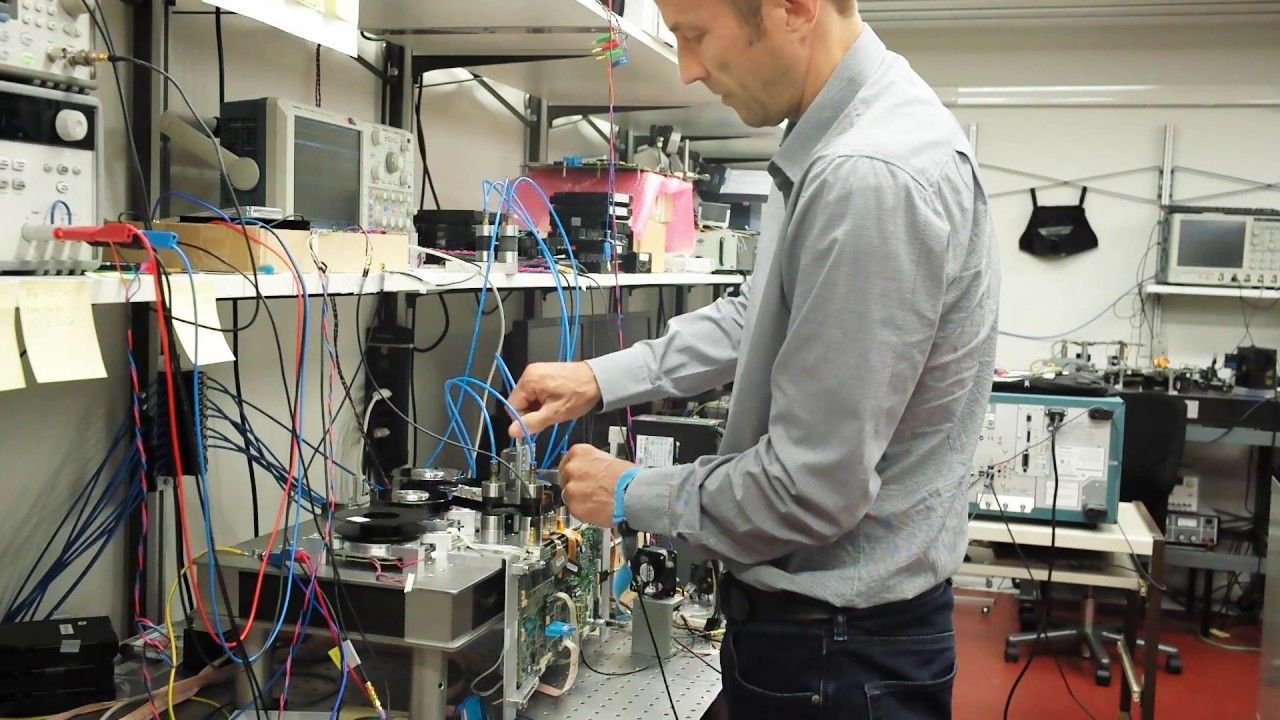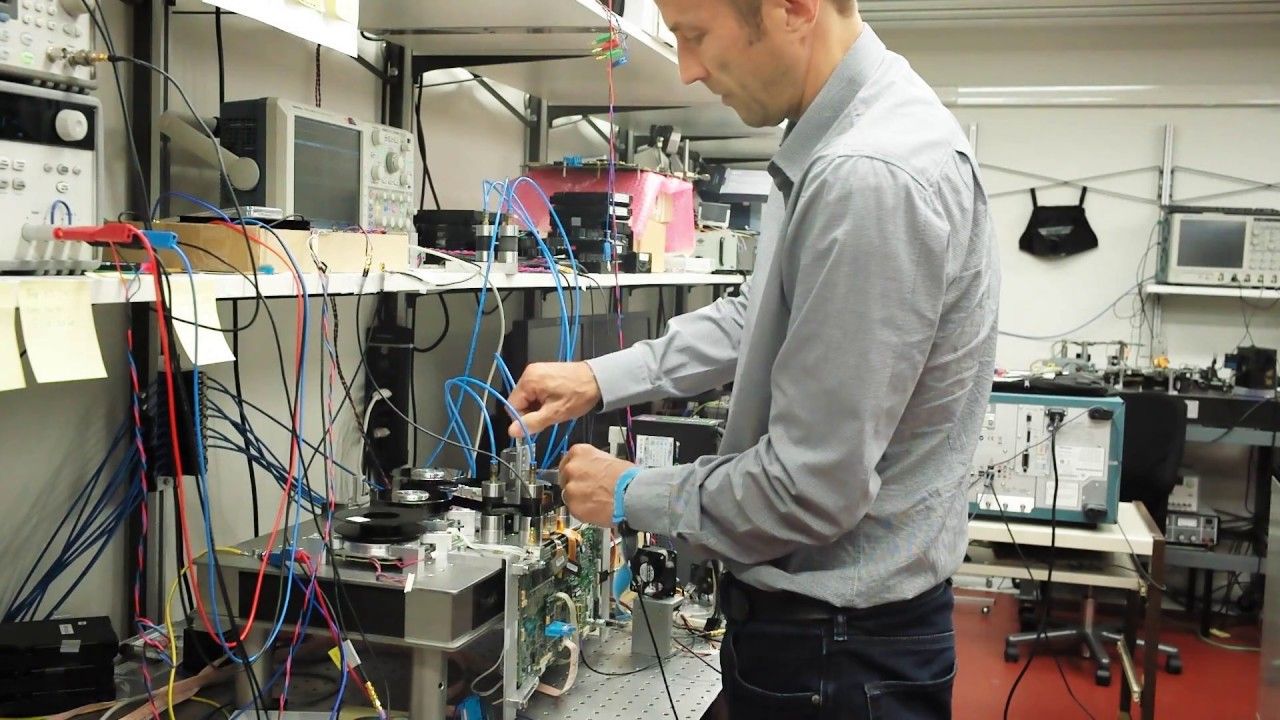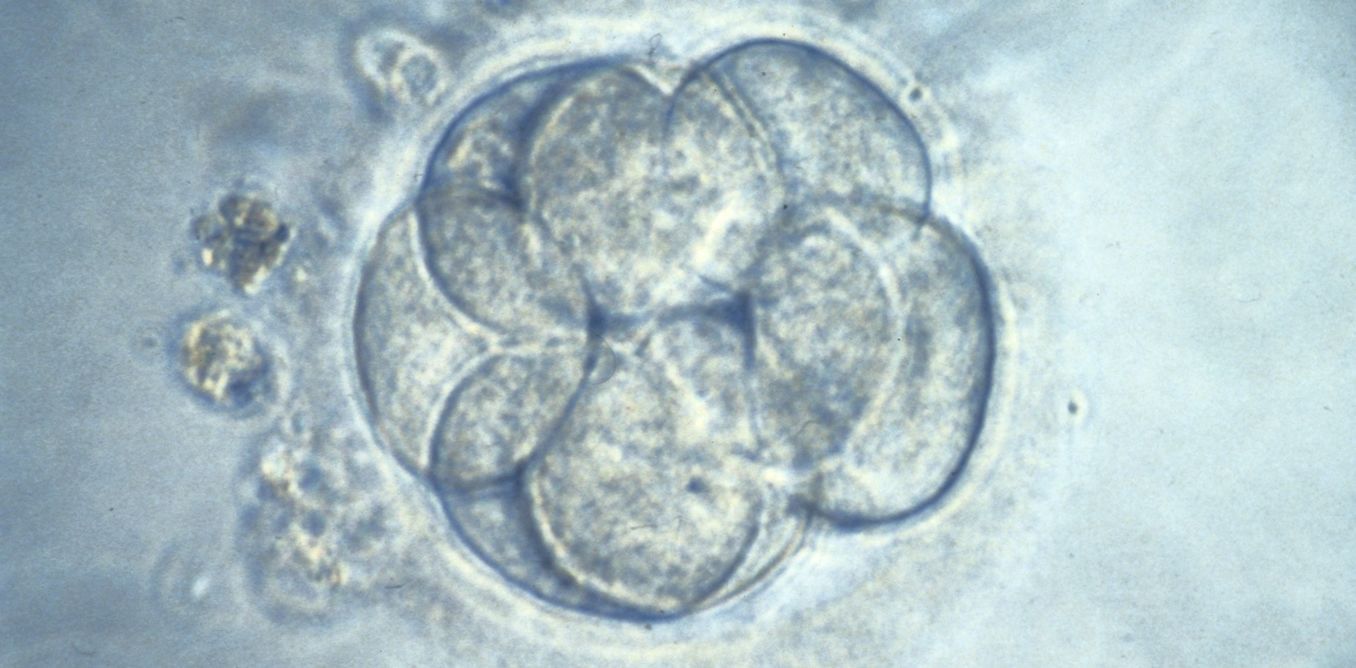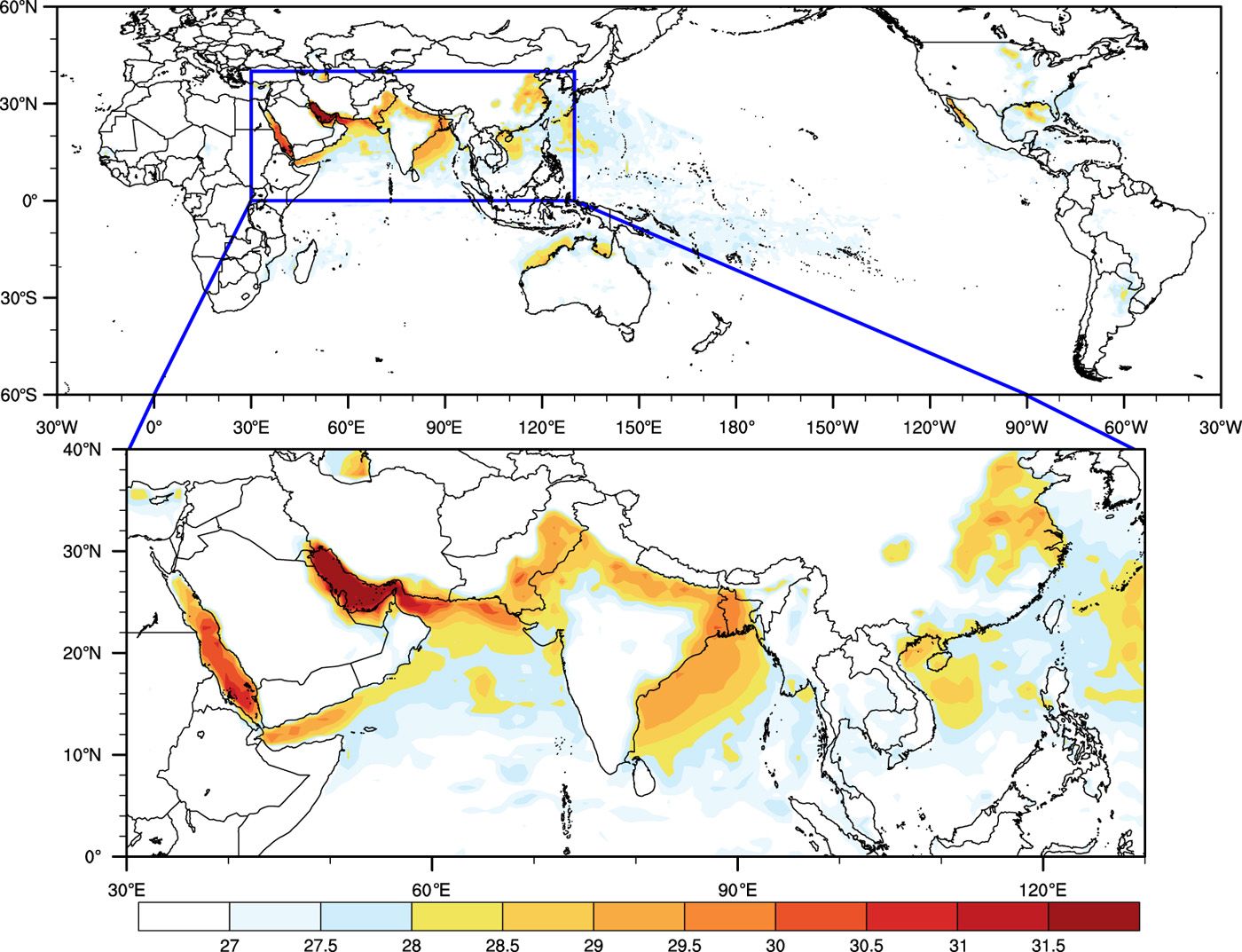Page 9578
Aug 2, 2017
Deadly heat waves projected in the densely populated agricultural regions of South Asia
Posted by Aleksandar Vukovic in categories: biotech/medical, business, food, neuroscience, sustainability
The risk associated with any climate change impact reflects intensity of natural hazard and level of human vulnerability. Previous work has shown that a wet-bulb temperature of 35°C can be considered an upper limit on human survivability. On the basis of an ensemble of high-resolution climate change simulations. we project that extremes of wet-bulb temperature in South Asia are likely to approach and. in a few locations. exceed this critical threshold by the late 21st century under the business-as-usual scenario of future greenhouse gas emissions. The most intense hazard from extreme future heat waves is concentrated around densely populated agricultural regions of the Ganges and Indus river basins. Climate change. without mitigation. presents a serious and unique risk in South Asia. a region inhabited by about one-fifth of the global human population. due to an unprecedented combination of severe natural hazard and acute vulnerability.
The risk of human illness and mortality increases in hot and humid weather associated with heat waves. Sherwood and Huber proposed the concept of a human survivability threshold based on wet-bulb temperature (TW). TW is defined as the temperature that an air parcel would attain if cooled at constant pressure by evaporating water within it until saturation. It is a combined measure of temperature [that is. dry-bulb temperature (T)] and humidity (Q) that is always less than or equal to T. High values of TW imply hot and humid conditions and vice versa. The increase in TW reduces the differential between human body skin temperature and the inner temperature of the human body. which reduces the human body’s ability to cool itself. Because normal human body temperature is maintained within a very narrow limit of ±1°C. disruption of the body’s ability to regulate temperature can immediately impair physical and cognitive functions.
Aug 2, 2017
A living programmable biocomputing device based on RNA
Posted by Sean Brazell in categories: biotech/medical, computing, engineering, nanotechnology, sustainability


Synthetic biologists at Harvard’s Wyss Institute for Biologically Inspired Engineering and associates have developed a living programmable “ribocomputing” device based on networks of precisely designed, self-assembling synthetic RNAs (ribonucleic acid). The RNAs can sense multiple biosignals and make logical decisions to control protein production with high precision.
Continue reading “A living programmable biocomputing device based on RNA” »
Aug 2, 2017
IBM Announces Record Breaking New Data Storage Device
Posted by Shane Hinshaw in categories: computing, health

IBM and Sony have successfully developed a magnetic tape storage cartridge capable of containing more than 300 terabytes of data. This device, which comes in the smallest format there is, could revolutionize data storage even in cloud platforms.
Magnetic tape drives have been around for more than six decades now. It’s commercial use has been mostly for storing data, such as tax documents and health care records, from mainframe computers. From the first 2-megabyte tape drives in the 1950s, today’s versions are now capable of storing up to 15 terabytes. IBM has been pushing it further.
Continue reading “IBM Announces Record Breaking New Data Storage Device” »
Aug 2, 2017
This cyborg dragonfly is basically a living, breathing drone
Posted by Shailesh Prasad in categories: cyborgs, drones

Aug 2, 2017
This piece of tape can store 80,000 movies
Posted by Shailesh Prasad in category: entertainment
Aug 2, 2017
You can change your eye color permanently with a laser surgery
Posted by Shailesh Prasad in category: biotech/medical

Aug 2, 2017
Scientists Prove That Cryogenically Frozen Life Can Be Reanimated
Posted by Shailesh Prasad in category: life extension
Research on cryogenically frozen zebrafish embryos shows that they can continue developing once they’re thawed.
Aug 2, 2017
IBM scientists have captured 330TB of uncompressed data into a tiny cartridge
Posted by Shailesh Prasad in categories: computing, health

In a new world record, scientists at IBM have captured 330 terabytes of uncompressed data, or the equivalent of 330 million books, into a cartridge that can fit into the palm of your hand. The record of 201 gigabits per square inch on prototype sputtered magnetic tape is more than 20 times the areal density currently used in commercial tape drives. Areal recording density is the amount of information that can be stored on a given area of surface.
Tape drives were invented over 60 years ago and were traditionally used for archiving tax documents and health care records. IBM’s first tape unit used reels of half-inch-wide tape that could only hold about 2 megabytes.
Continue reading “IBM scientists have captured 330TB of uncompressed data into a tiny cartridge” »
Aug 2, 2017
Pay attention to the trends in exponential technologies, particularly to “the big three,” says Jason Silva
Posted by Shailesh Prasad in categories: genetics, nanotechnology, robotics/AI

Pay attention to the trends in exponential technologies. particularly to “the big three,” says Jason Silva. Those 3 are GNR: Genetics, Nanotechnology, and Robotics.












